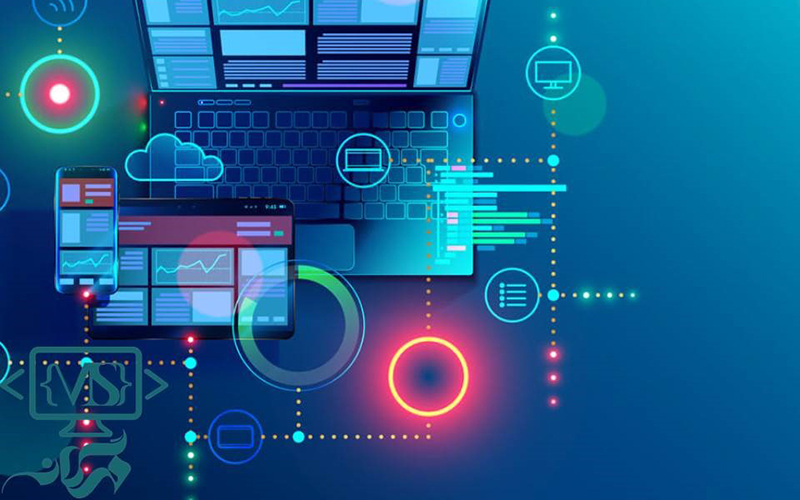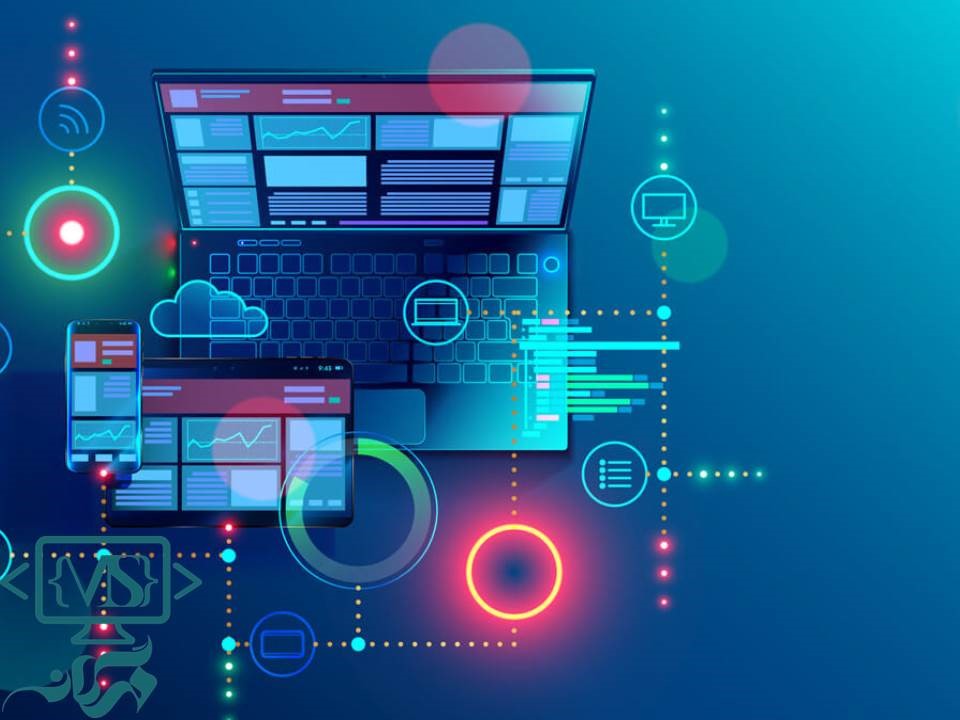
desktop software development
To get the idea of desktop software, first refer to software; software is a computer program that makes it to perform required tasks. Today, we have two main categories of desktop software: application software and system software that differ based on their functionality.
Desktop software is a local service providing the interactions without being directly connected to the web service. This type of software has been accepted by major users as they could reach solutions without being impacted by the architecture when it fails. Here, some considerations are to inform who are interested in desktop software.

What is Desktop Software?
Desktop software is installed on a personal computer individually; the major reason is that this type of software update is too heavy. Desktop software is only run over a physical location and so it works without being connected to the internet. The most known con of desktop software lies in its independency of internet requirement.
Desktop software is also defined as a software that runs only on the desktop but not accessible through browsers. Some perform functions such as word processing, while others, like games, entertain you.
How Desktop Software Work?
Desktop software refers to binary executable programs which perform separately over the desktop. This software occupies space to run multiple tasks at a same time. A major set of these tasks are imparted on the desktop. Some could be run without basic permissions which are required for software performance. While, other including antivirus software may not perform without such permissions as they can change the operation system files.
Desktop software could be installed over all versions of windows. However, some have no compatibility with old versions. Some supplementary programs need to be set for desktop software in case of windows-based service that allows them to use resources and do the functionalities; such as Antivirus and VPN applications .
Desktop software could be listed in control panel of your computer and it could also be uninstalled there. When the developer releases the new updates of the software, users can use manual update or even it can be automatically done through update services in batches.

What are the Types of Desktop Software?
The categories of desktop software grounded on functionalities are as follows:
1. System Software
It is a parent system providing the space and resources in order to coordinate the hardware and other software to perform properly. The presence of this software is definitely crucial for computer tasks.
2. Application Software
Application software provides the functionalities that user wants. They are not vital but optional and installed by users themselves.
3. Programming Software
This software refers to frameworks developed to code, test and fix errors throughout development of other software and apps including Programming language editors likeEclipse for Java, Visual studio for .net. They enable platforms to execute codes in order to create software and apps.
4. Freeware
Users can download and install this software without needing to pay any fees; as they don’t be enabled by licensing.
5. Shareware Software
It refers to a free and trial version of software which gives a well understanding of the parent one till the expiration period ends. That is to say, user gets already informed to purchase the full version.
6. Browsers
To access the websites you need to use browsers. They help users to get the contents of a website using web interface.
What is the desktop software development process?
Developing desktop software involves a different set of considerations. There are some important aspects of desktop software development:
-
demand Analysis
Understand the requirements and goals of the software, including the target market, functionality conditions, and asked features.
-
Design
Produce a user-friendly design for the software. Consider the user interface (UI) and user experience (UX) aspects, have in mind that the software to be intuitive, easy to navigate, and visually harmonious.
-
Architecture and Framework Selection
Choose the applicable framework. Common frameworks for desktop software development include. NET(C#), Java, or Electron (JavaScript).
-
Development
Implement the software's functionality using the chosen programming language and framework. This involves coding, integrating libraries and APIs, and handling databases.
-
Testing and Debugging
Completely test the software to identify and fix any bugs, or usability issues. Conduct various to insure the software functions as intended and provides a flawless user experience.
-
Deployment
Prepare the software for deployment by creating an installer or packaging it for distribution. Consider factors like compatibility and hardware configurations.
-
Maintenance and Updates
Regularly update and maintain the software by fixing bugs, addressing security vulnerabilities, and perfecting performance.
-
Documentation
Produce comprehensive documentation for the software, including user manuals, installation guidelines, and specialized documentation.
-
Licensing and Distribution
Determine the licensing model for the software, such as freeware, shareware, or commercial licensing.
-
Support and client Service
Give ongoing support to users by addressing their needs, enterprises, and feedback. Offer channels for user support, such as email, phone, or a devoted support website.

In conclusion, Desktop software development enables programs to be run on the desktop. Today, some considerations needed to choose the best approach of leading the market. Based on your business goals and target clients you make decisions whether it is desktop software or other choices.
Leave a comments